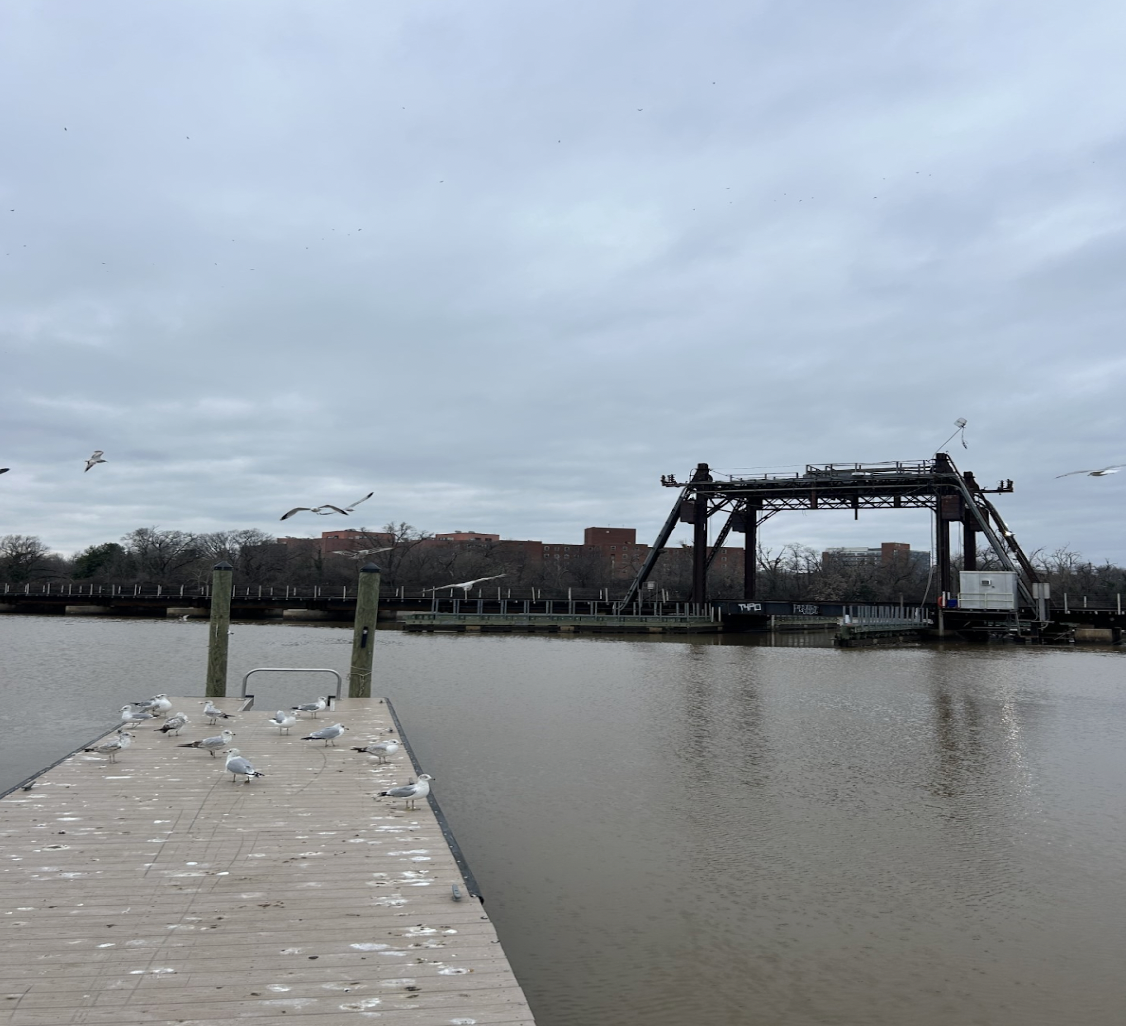Eternity is upstream: A call for salmon habitat protection
The Arctic is warming twice as fast as the rest of the planet (ACIA). Climate models indicate that this warming will only intensify over the following decades. Recent scientific studies (Jones 2020) and longstanding traditional knowledge demonstrate that these increased thermal temperatures will have detrimental impacts on Pacific Salmon species, whose survival depends on cold water bodies.
Chinook (king) salmon populations have been in decline over the last decade. These salmon are critical contributors to the subsistence resources for the residents of Tyonek. Sport fishers, tourists, and locals rely on healthy Chinook populations as well.
There has been a longstanding consensus among aquatic scientists that ocean conditions are the primary driver for lower salmon returns. But in July of 2020, a study led by UAA and UAF offered groundbreaking evidence that freshwater habitat health may play a large role too. According to UAA aquatic ecologist Leslie Jones, this research sought to determine “if there were any indications that conditions in freshwater habitats during spawning or rearing may have impacted productivity, to see whether or not streamflow or stream temperature might have contributed to Chinook declines.” Among its many findings, the study showed that hotter summers lead to decreased Chinook populations in lowland rivers. Most notably, Chinook in the warmest streams suffered substantially when stream temperatures rose above 64 degrees Fahrenheit for at least a week or longer.
The Deshka river is one such ecosystem. Located in the Mat-Su basin in South Central Alaska, it is an important freshwater habitat for migrating and spawning Chinook. Last summer 18,583 were recorded swimming up this river. But Chinook populations will be gravely impacted in water above 20ºC, and in recent years, the Deshka river has recorded temperatures as high as 27°C (81.1°F). Weekly water temperatures are projected to exceed 26.0°C by 2060 (Mauger et. al). This warming presents a potential thermal bottleneck for migrating fish. Since water temperature plays a critical role in the salmon lifecycle, the reliable presence of cold pockets within the Deshka river are necessary for the persistence of salmonids and other fish species in the years ahead.
During the summer of 2021, I interned with Cook Inletkeeper, an environmental nonprofit in Homer Alaska, to help protect these vulnerable ecosystems. I worked with Sue Mauger, the organization’s Executive and Science Director, to identify and create a conservation plan for locations with persistently cold water (called cold water refugia) that salmon will rely on as water temperatures increase. These refugia may include deep pools throughout the river, as well as places with overhanging vegetation and undercut banks. Stream reaches with distinct groundwater interactions (classified as springs and seeps) also result in measurably cooler water.
About halfway through my internship, Sue and I were on a five-day canoe trip down the Deshka river to map and identify the locations of these cold water refugia. While the magnificence of the pristine natural landscape was old news for Sue, from the moment we arrived I couldn’t stop marveling at the massive ferns, large cliffs, and 22-hour days. However, there was something off about the beautiful weather– the warmth was unseasonable and reminded me of the urgent purpose of our trip.
Partway through the second day, I looked down, and below my paddle I saw a white, floating, piece of debris. After a moment, I made out a body behind it. It was a massive Chinook salmon, old and disintegrating. Its face was completely rotted and its eyes were gone. Flecks of flesh were hanging off its body.
Slowly but surely, it was swimming upstream. While initially haunting, I found myself quickly moved to tears. This fish, despite all odds, was still swimming upstream. It had lived through three years in the ocean and dodged countless obstacles to finally be back here in its natal stream, swimming against the current so it could spawn. It couldn’t even see! And yet it was connected to something bigger, a larger cycle of existence. The roe that it spawns may even eat its decomposing flesh on their way downstream. I knew at that moment that I needed to commit my life to this work. Seeing that salmon brought me close to the countless generations of commitment to the life cycle. It brought me close to the idea of eternity. Conservation is to invest in this eternal life cycle by protecting healthy landscapes for future generations.
While the 2020 study’s findings may carry weighty consequences given the trajectory of water temperatures in the Deshka, it also provides hope. There are now further ways to protect the Chinook. Restoring habitats along the river would not only benefit the salmon, but also countless other species that are critical to the freshwater ecosystem. Rebecca Shaftel, aquatic ecologist with the ACCS at UAA, explained that “there are actions we can take on the landscape to provide resiliency for streams against climate change.” These may include “maintaining natural vegetation, [improving] shade along stream banks, and protecting wetlands, which provide critical streamflow in the summer and buffer streams from flooding in the fall.”
When fighting to protect this Alaskan land, conservationist Mo Udall wrote: “This time, given one great final chance, let us strive to do it right. Not in our generation, nor ever again, will we have a land and wildlife opportunity approaching the scope and importance of [Alaska].” This statement has never been truer. Salmon is life for so many Alaskans. For the Chinook to keep returning, we must act now.
Works Cited:
ACIA, 2004. Impacts of a Warming Arctic: Arctic Climate Impact Assessment. ACIA Overview report. Cambridge University Press.
Jones, LA, Schoen, ER, Shaftel, R, et al. Watershed-scale climate influences productivity of Chinook salmon populations across southcentral Alaska. Glob Change Biol. 2020; 26: 4919– 4936.
Mauger, S, Shaftel, R, Leppi, JC, and Rinella, DJ. Summer temperature regimes in southcentral Alaska streams: watershed drivers of variation and potential implications for Pacific salmon. Canadian Journal of Fisheries and Aquatic Sciences. 74(5): 702-715.























